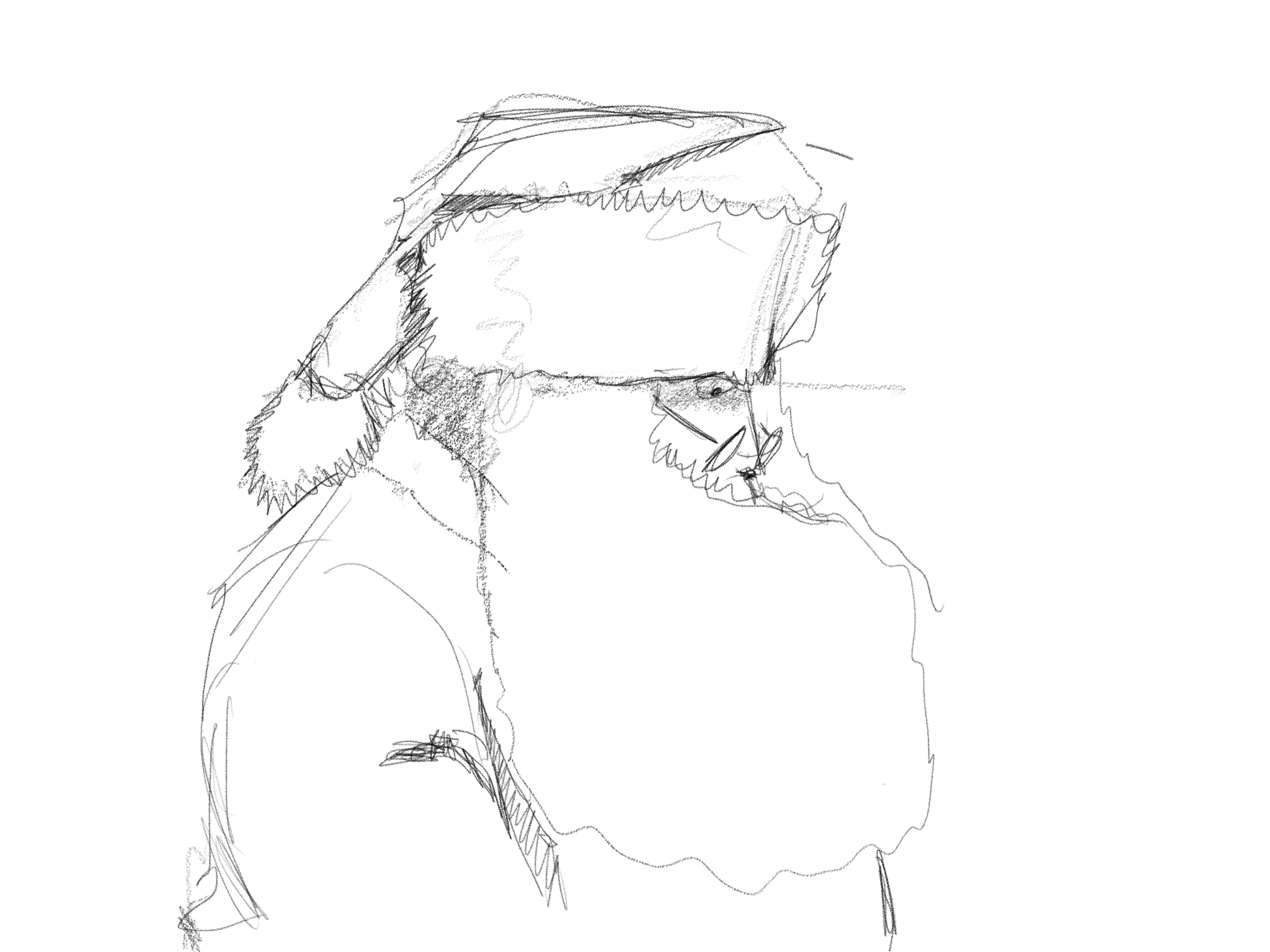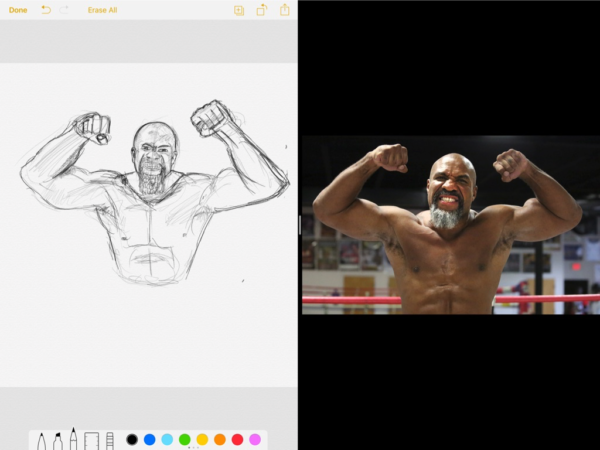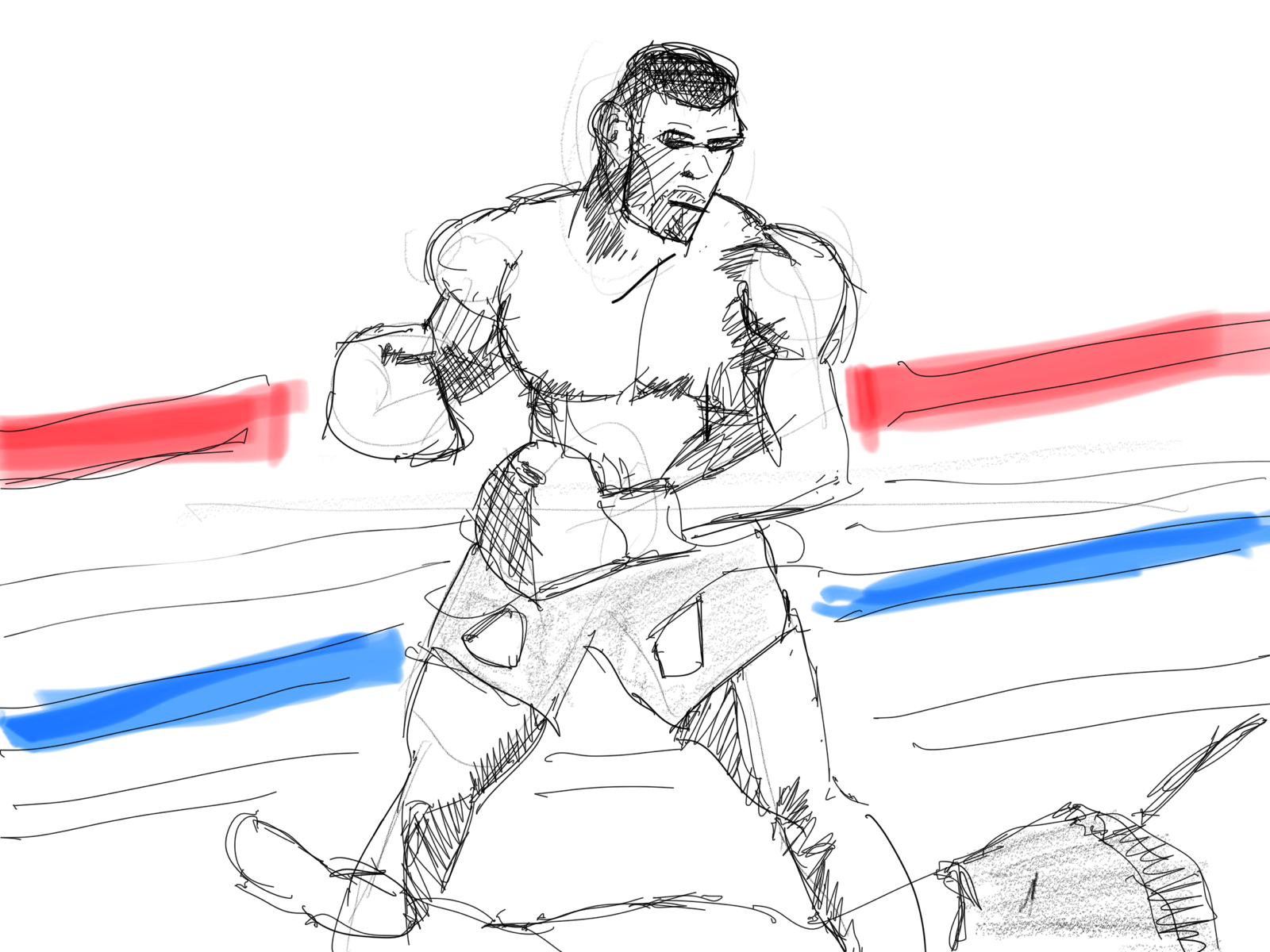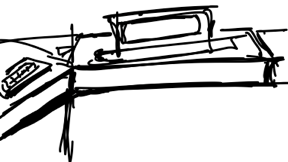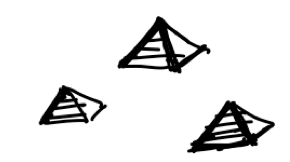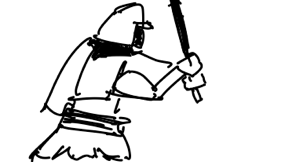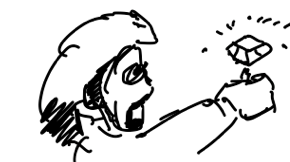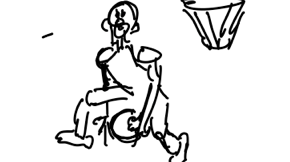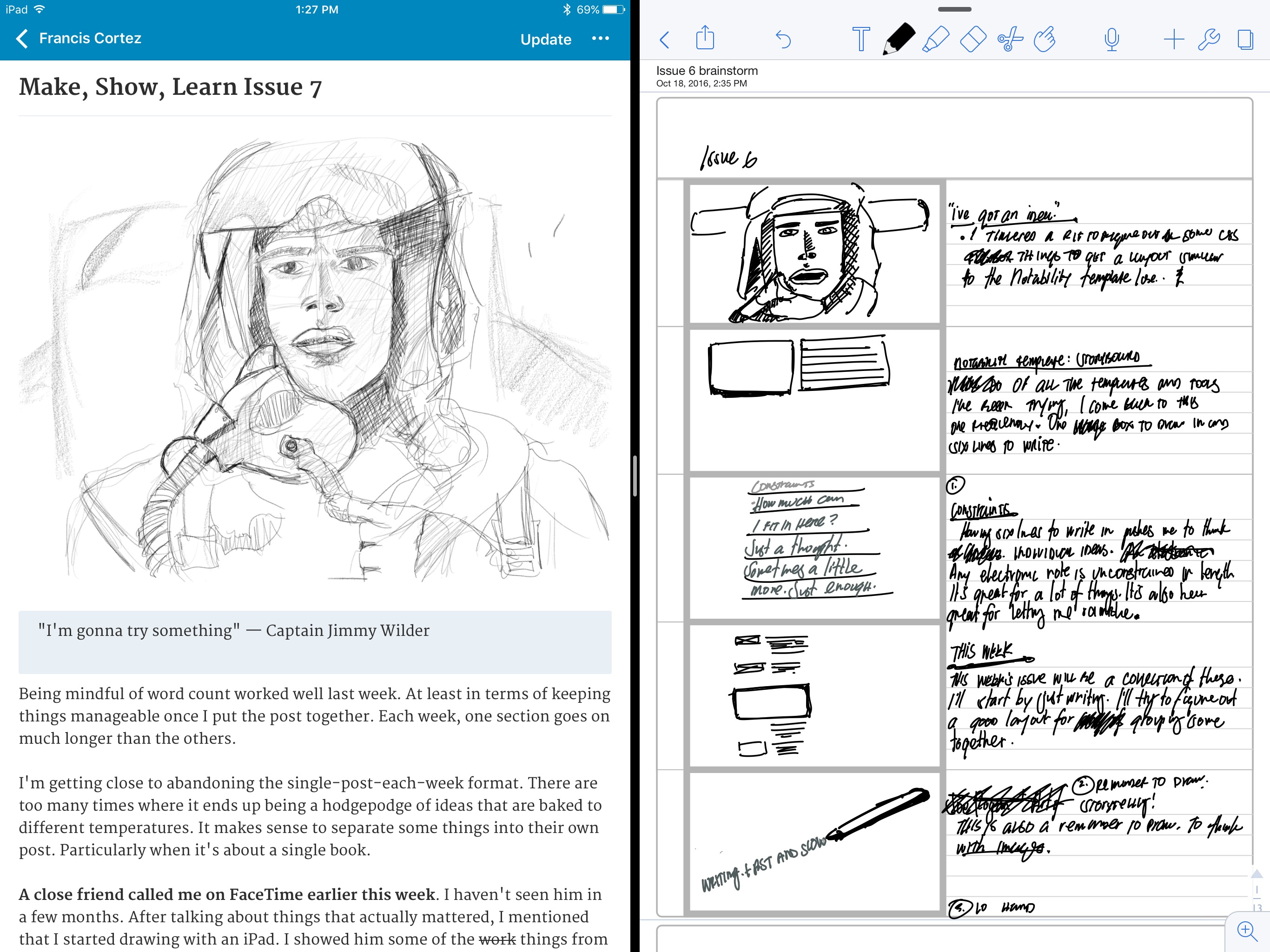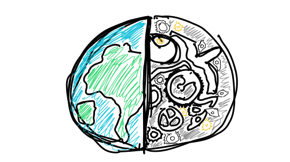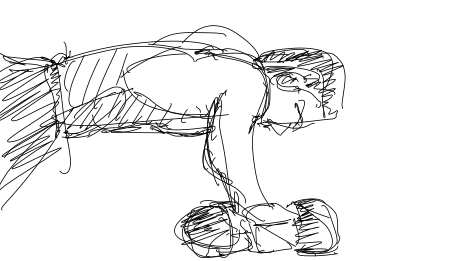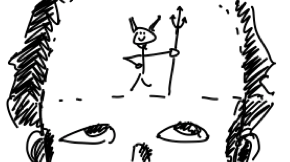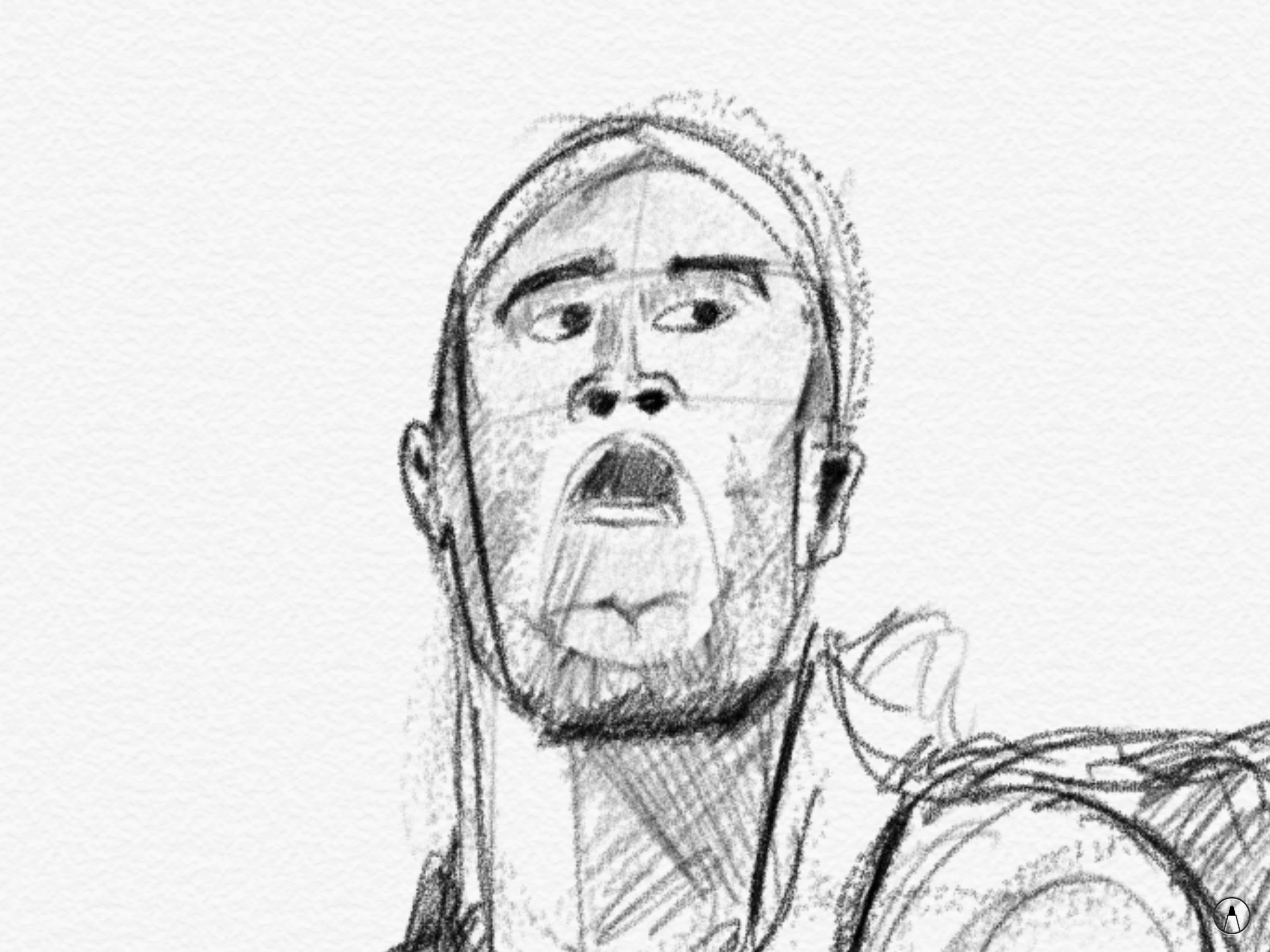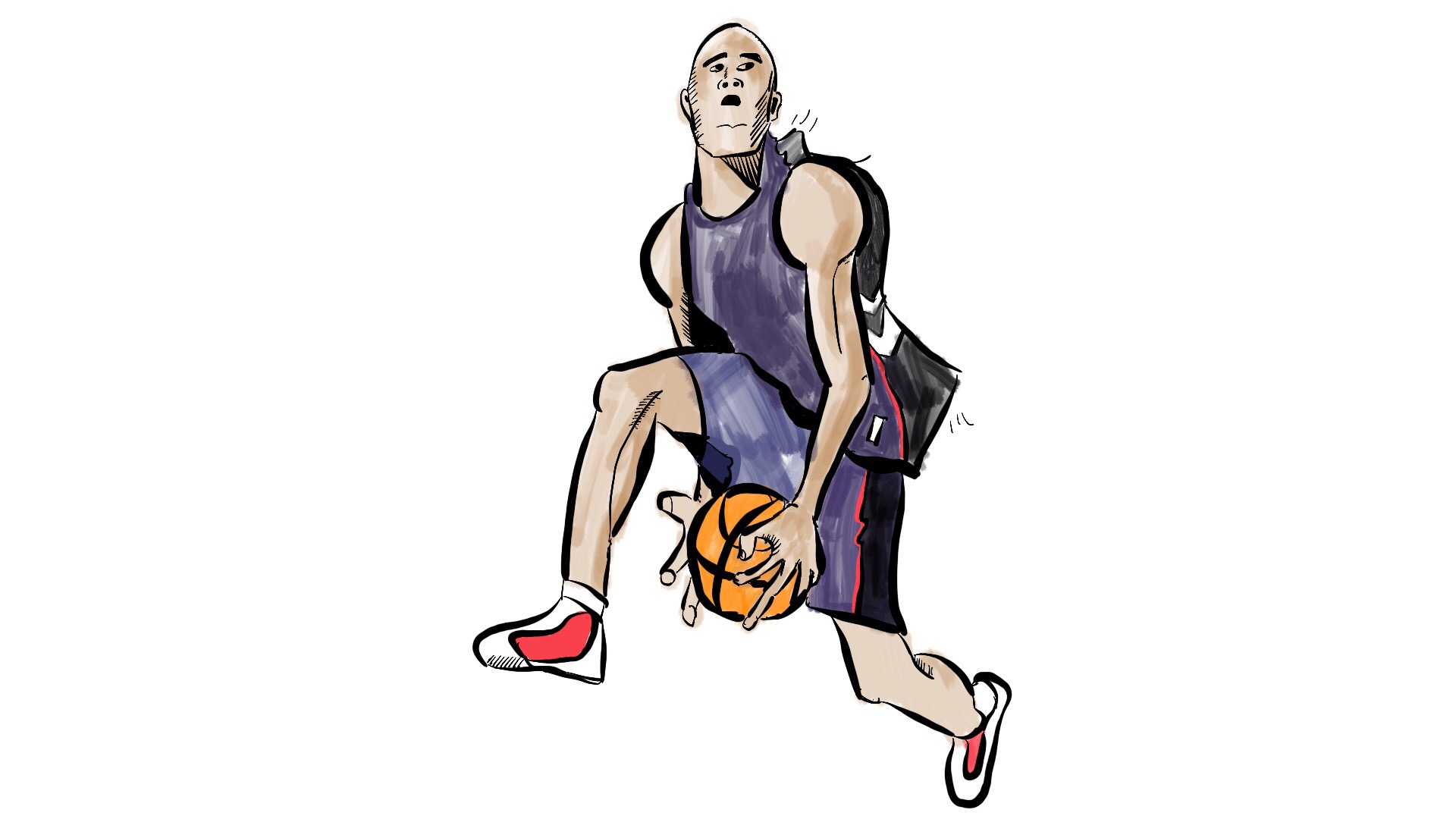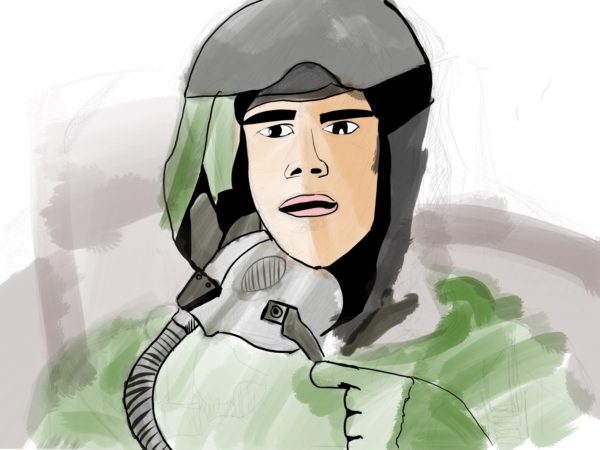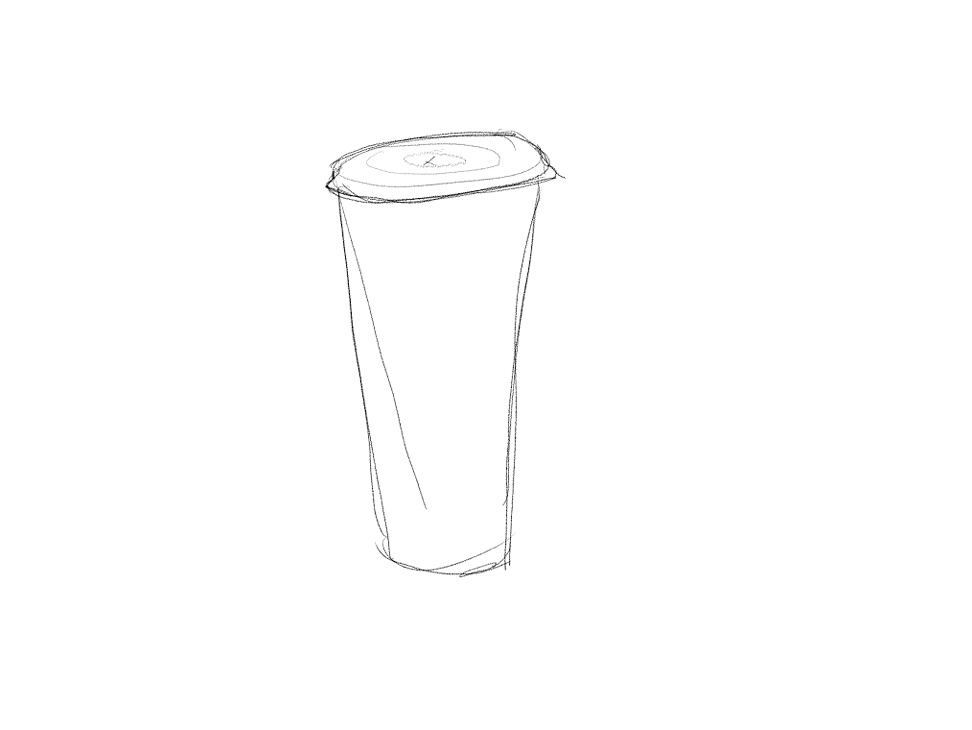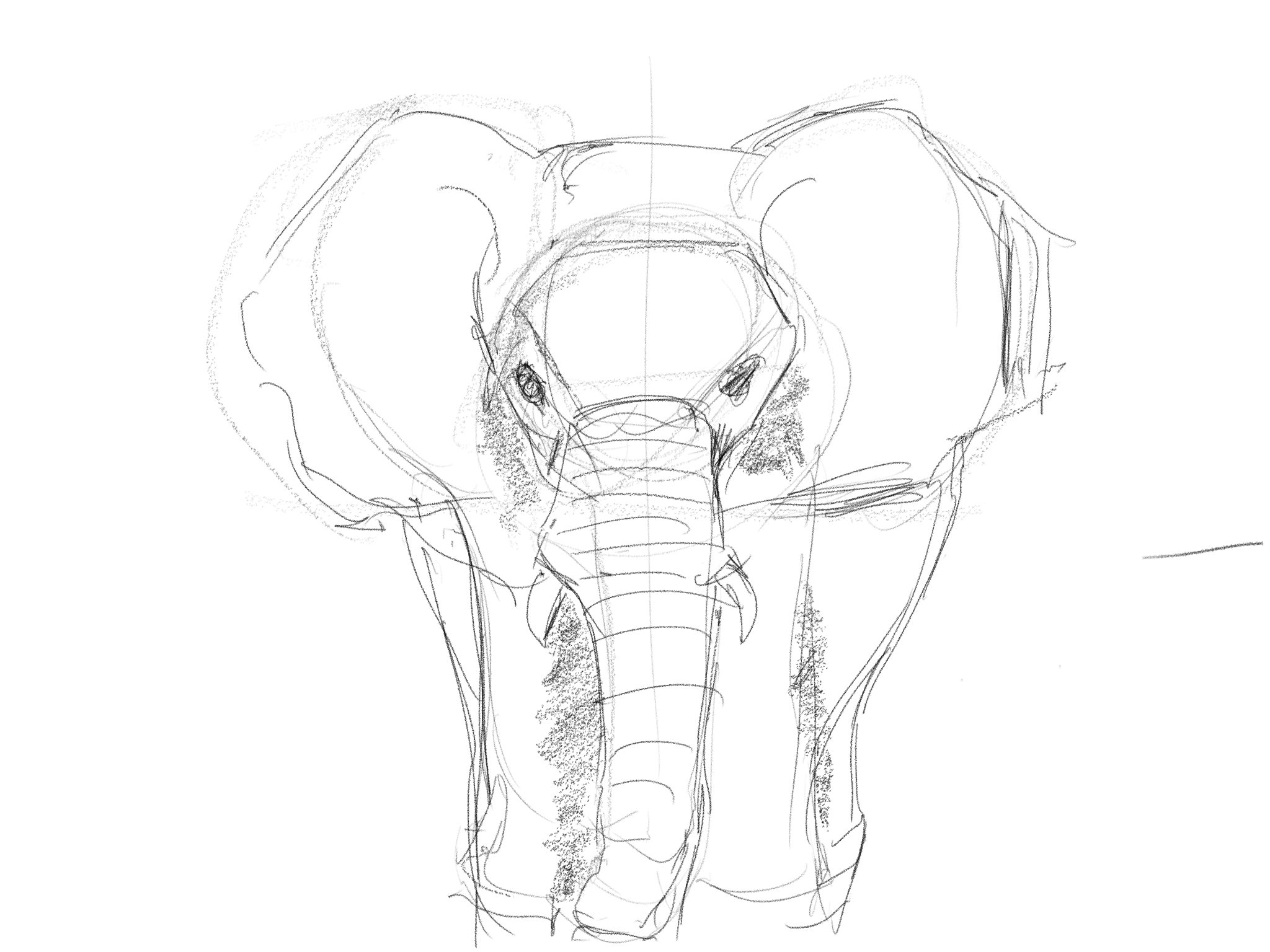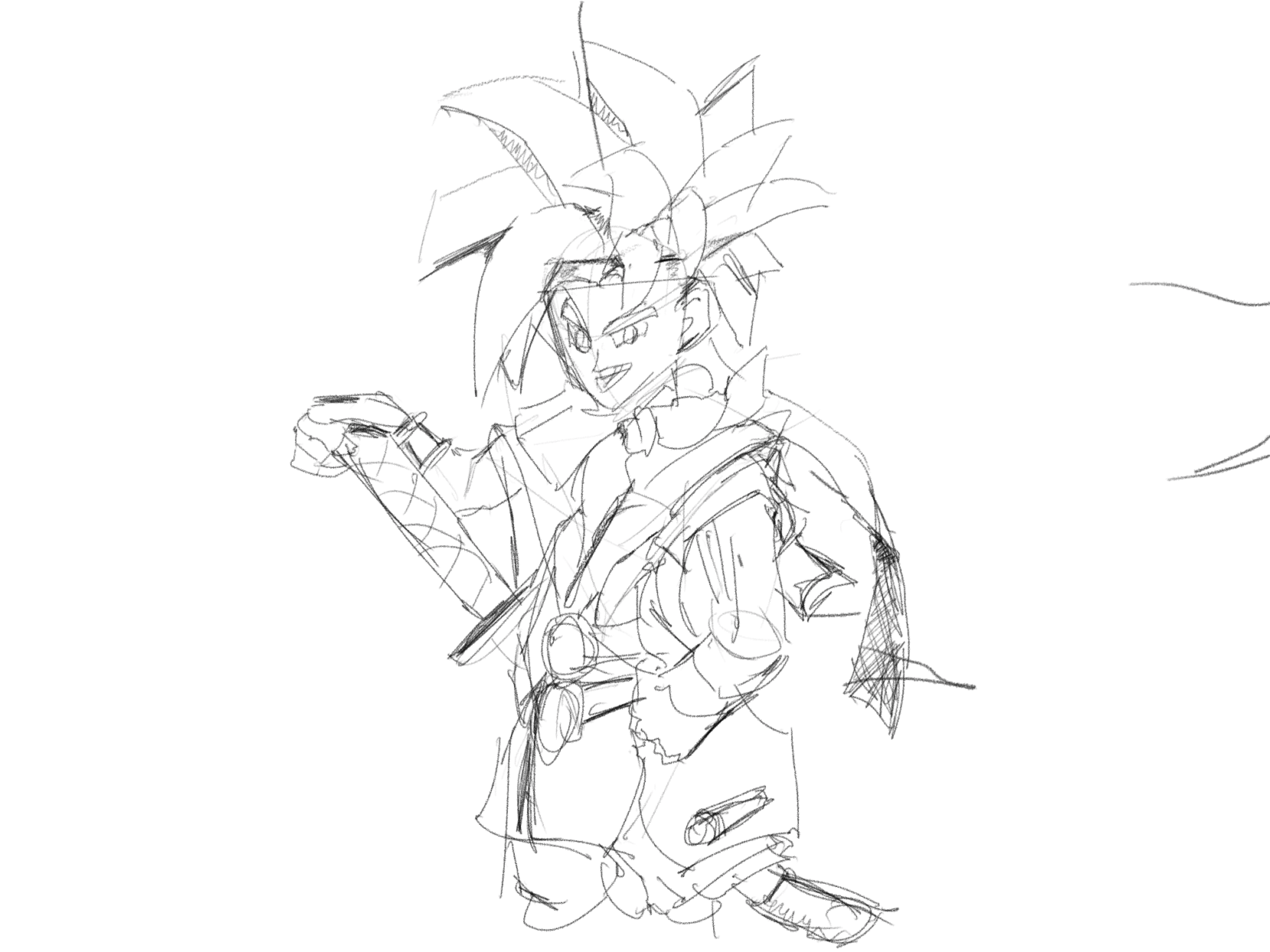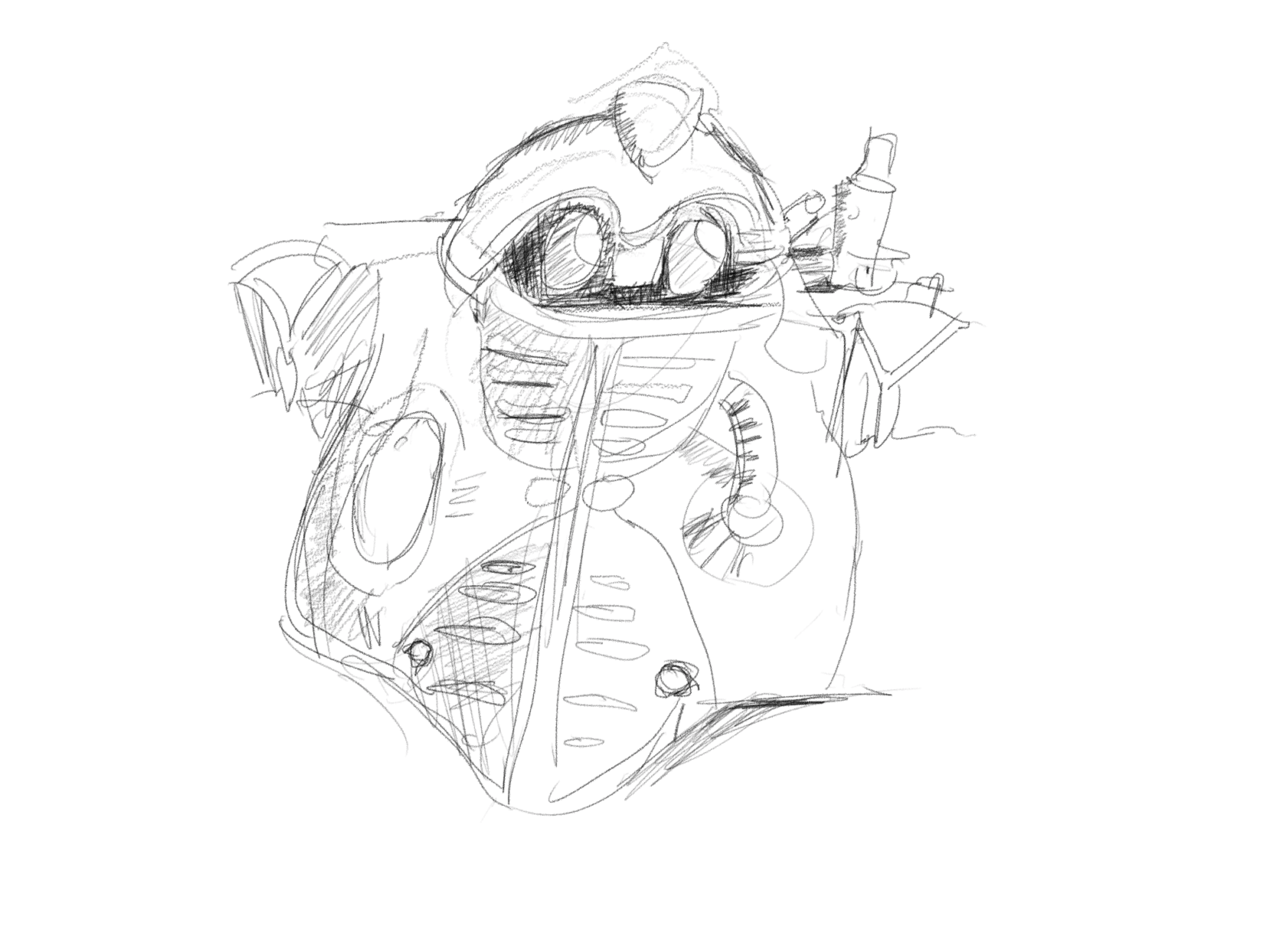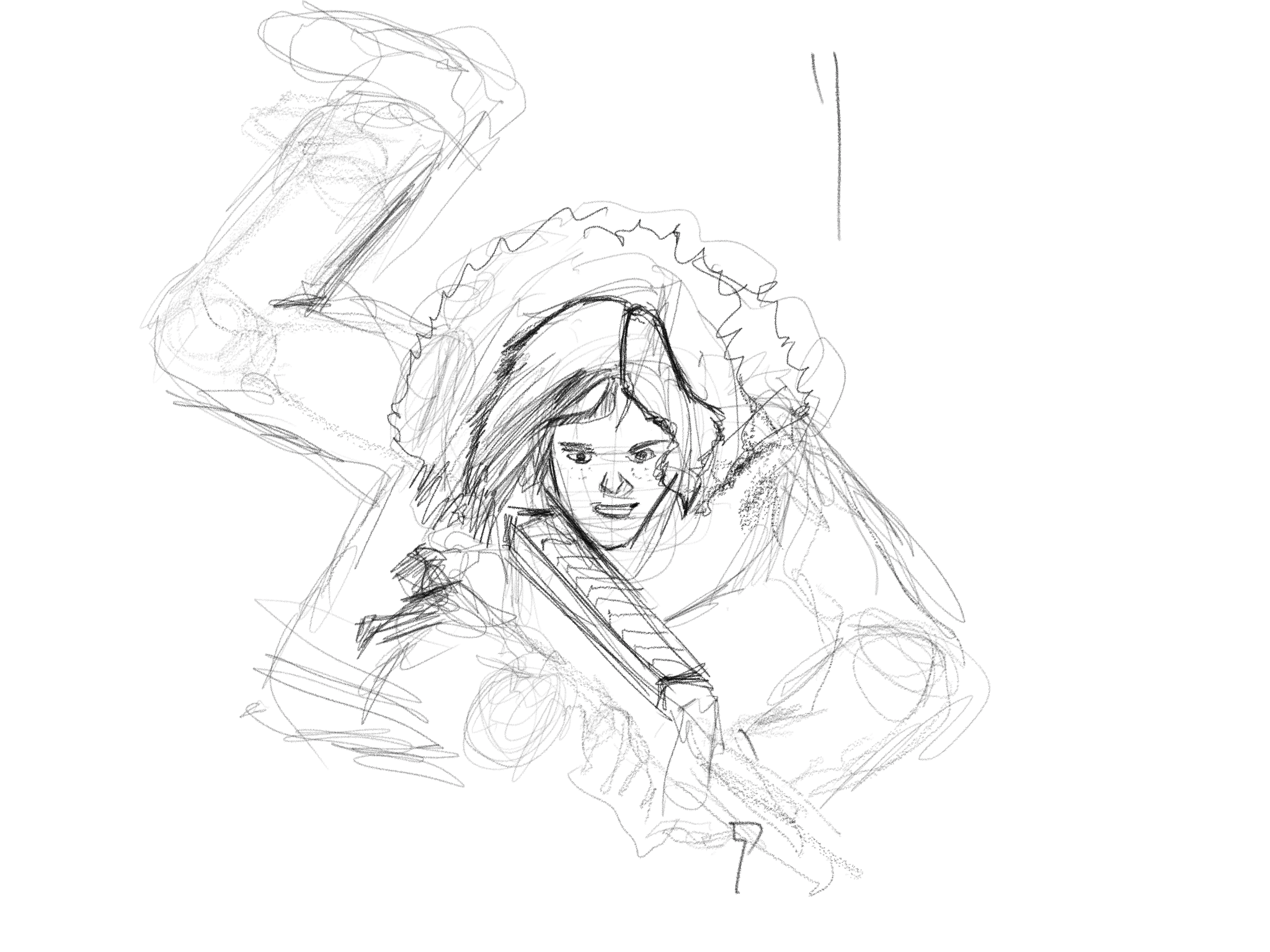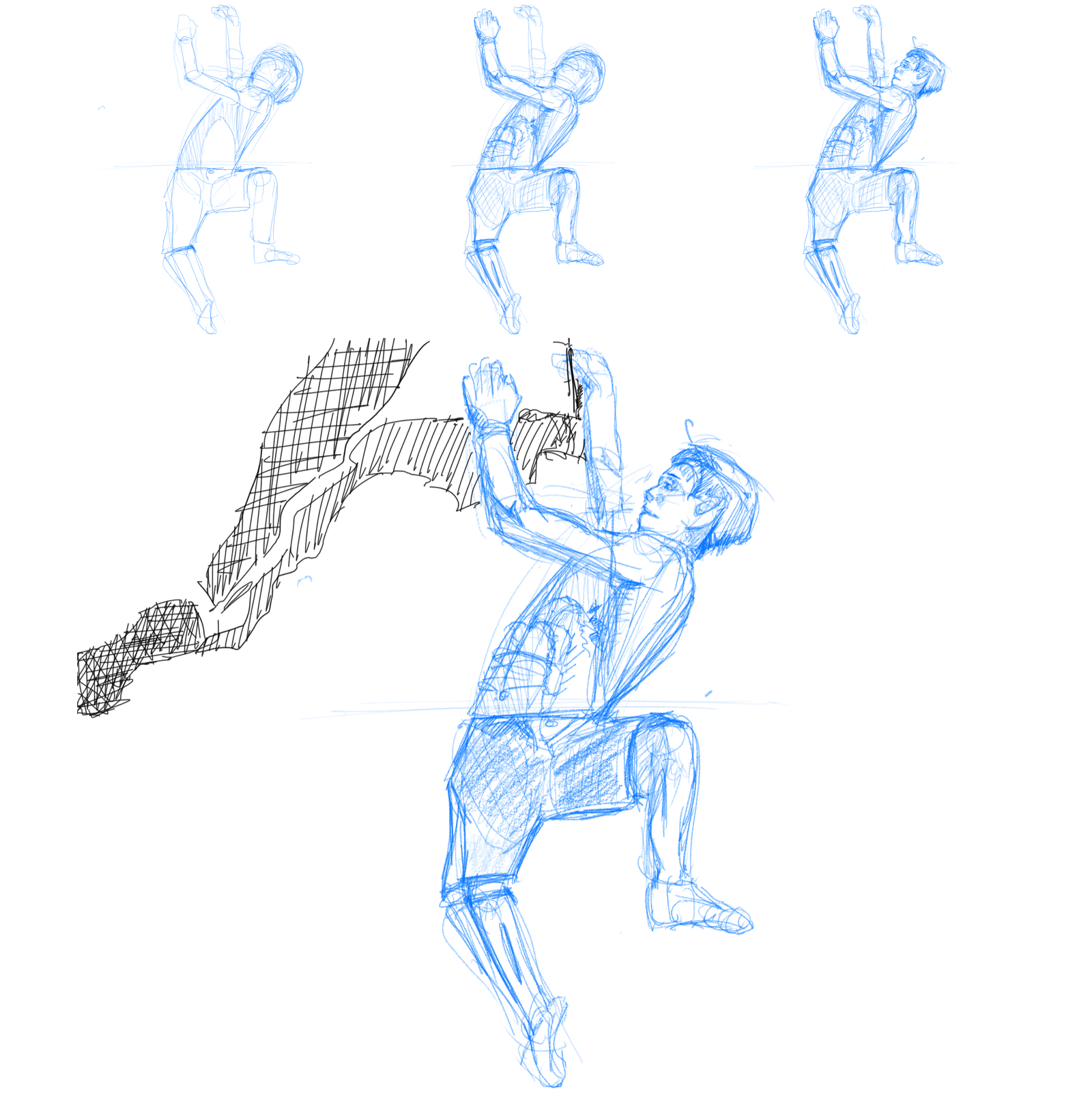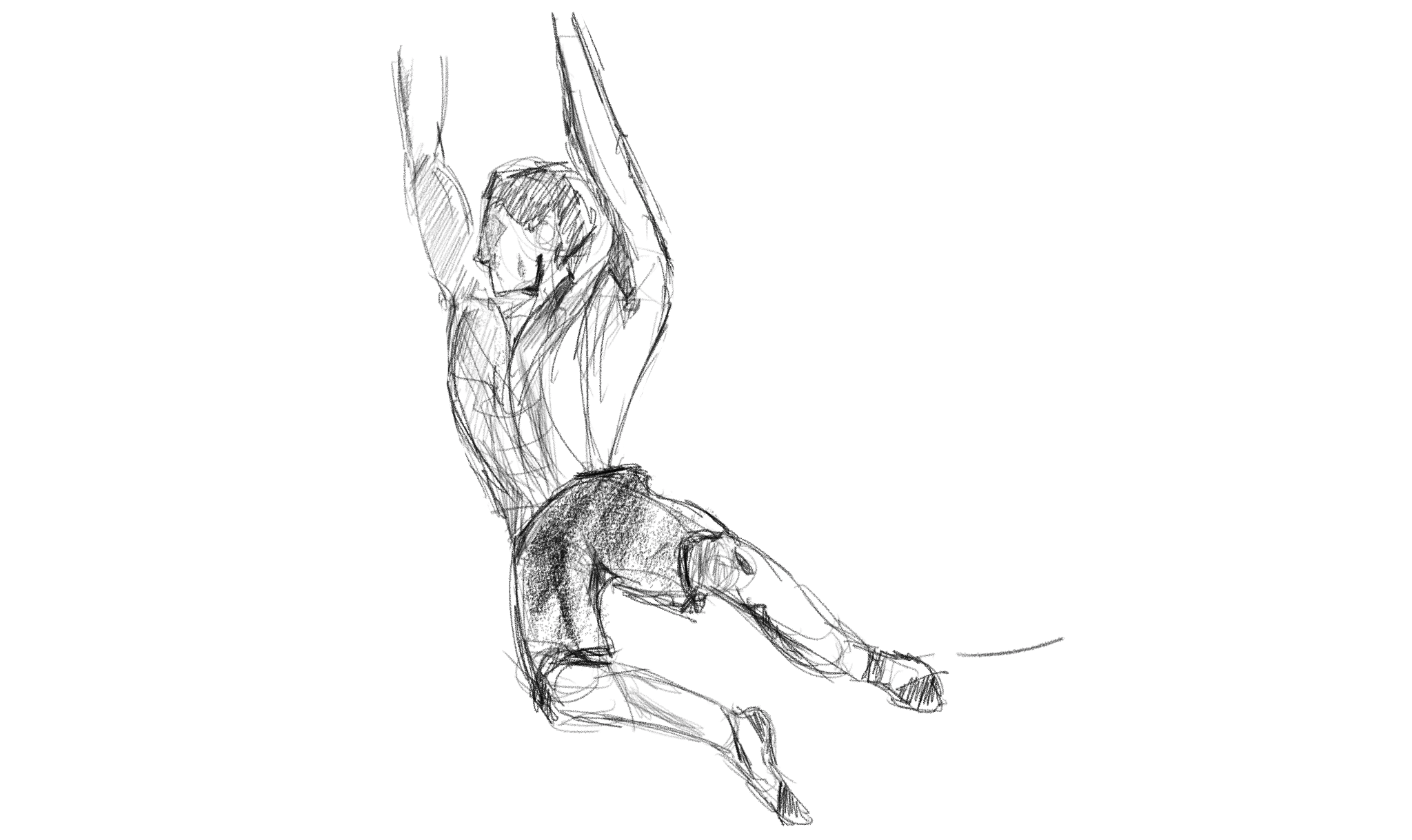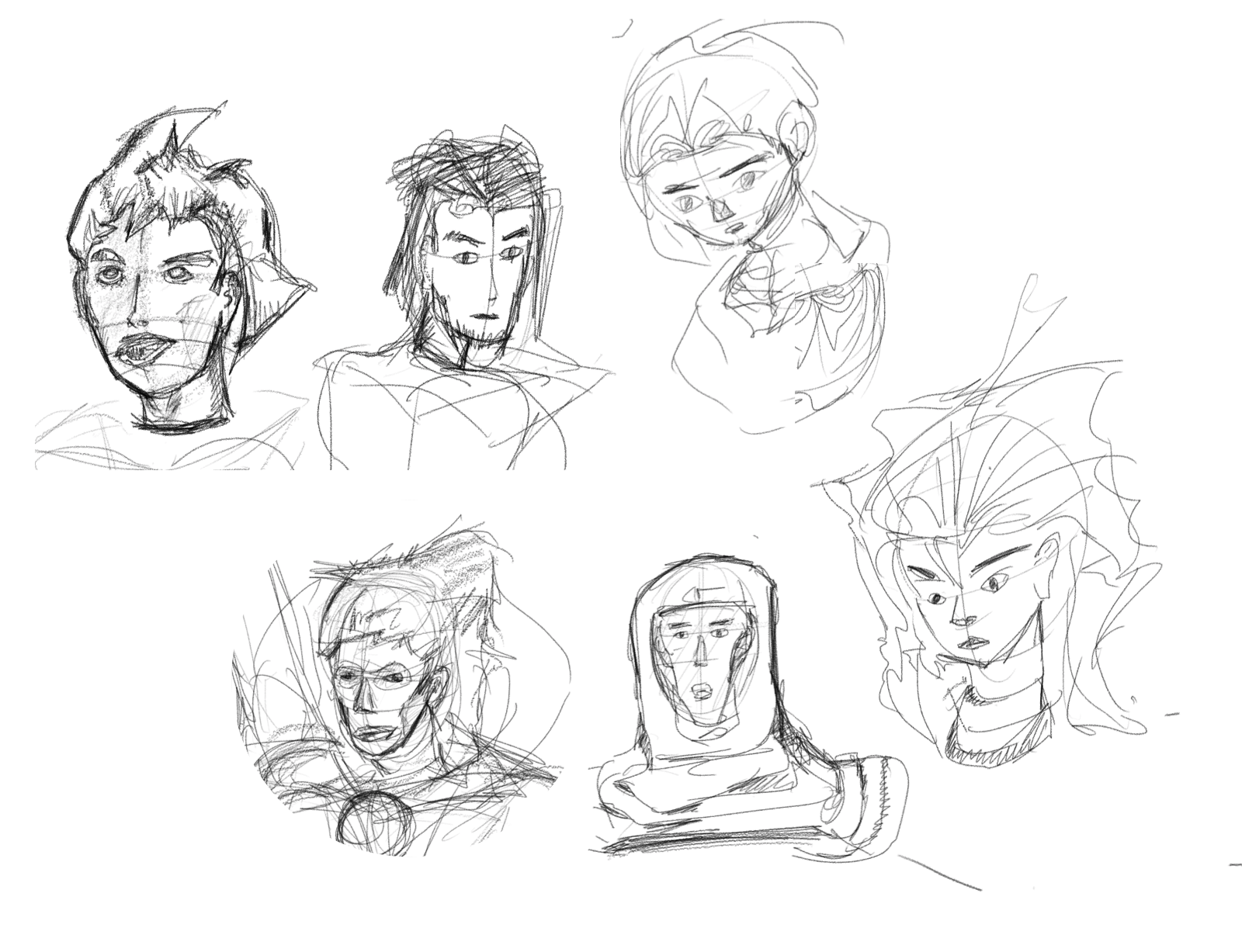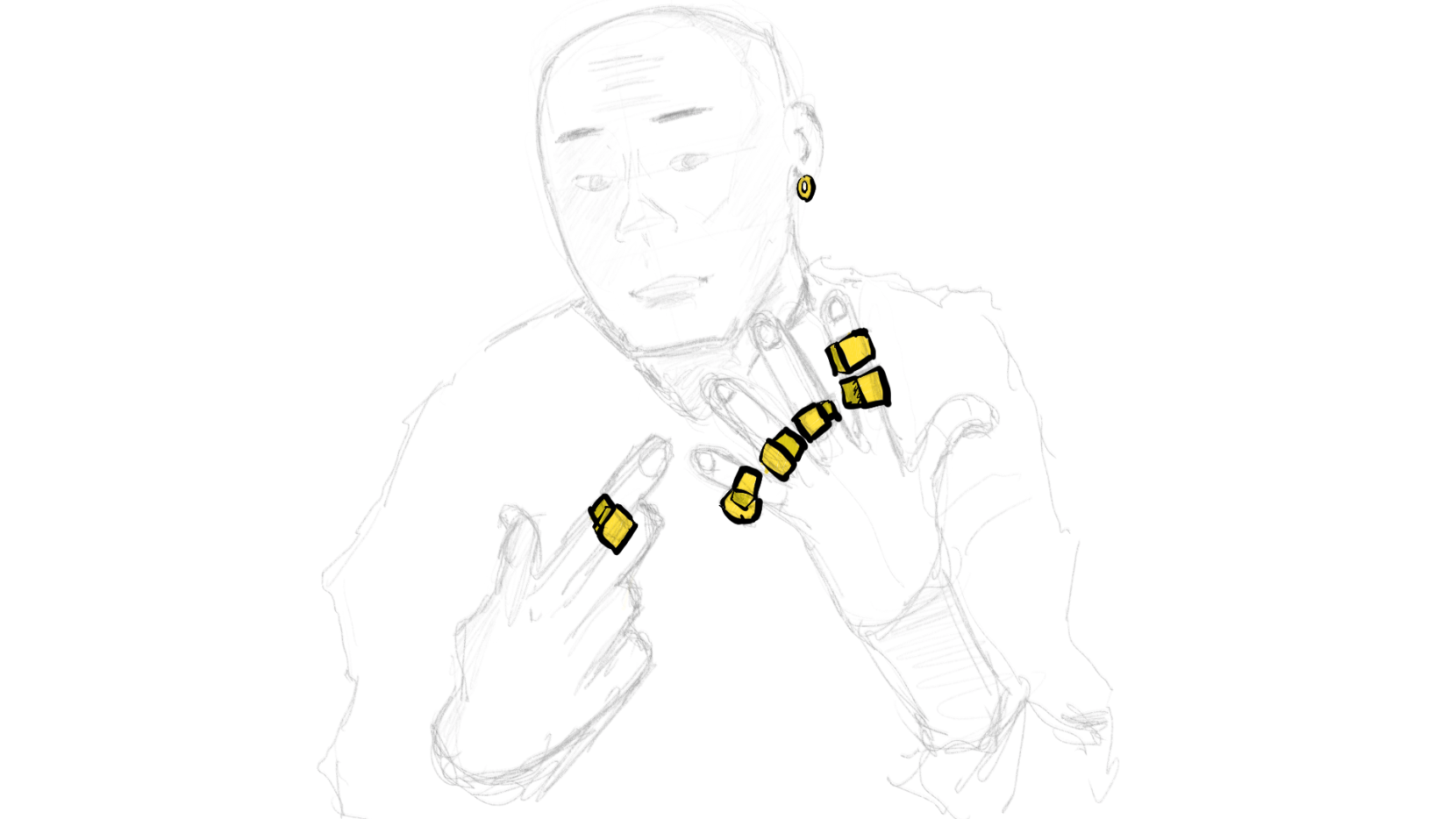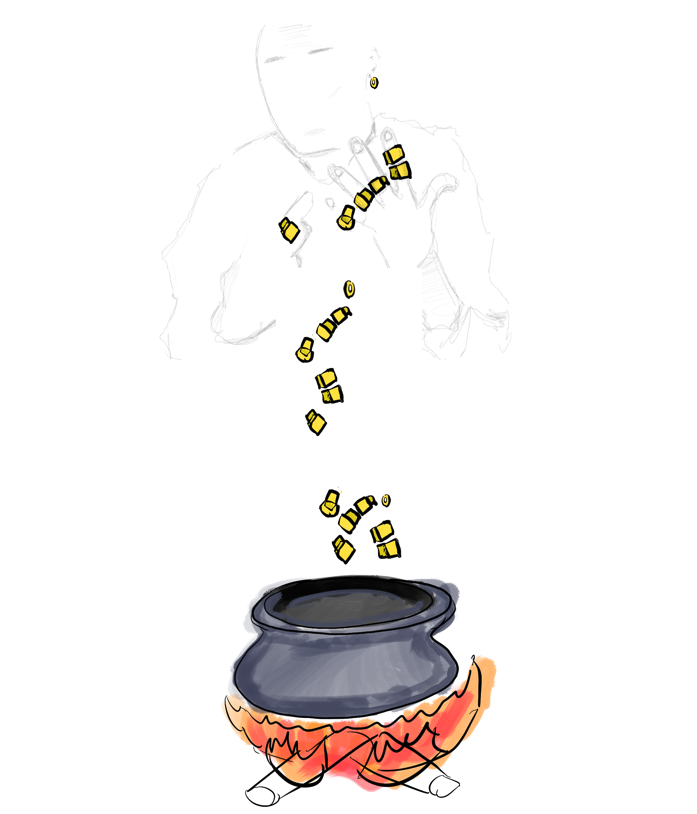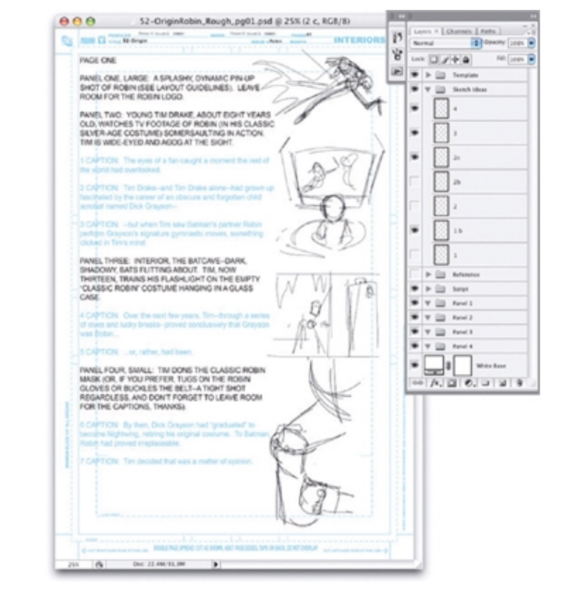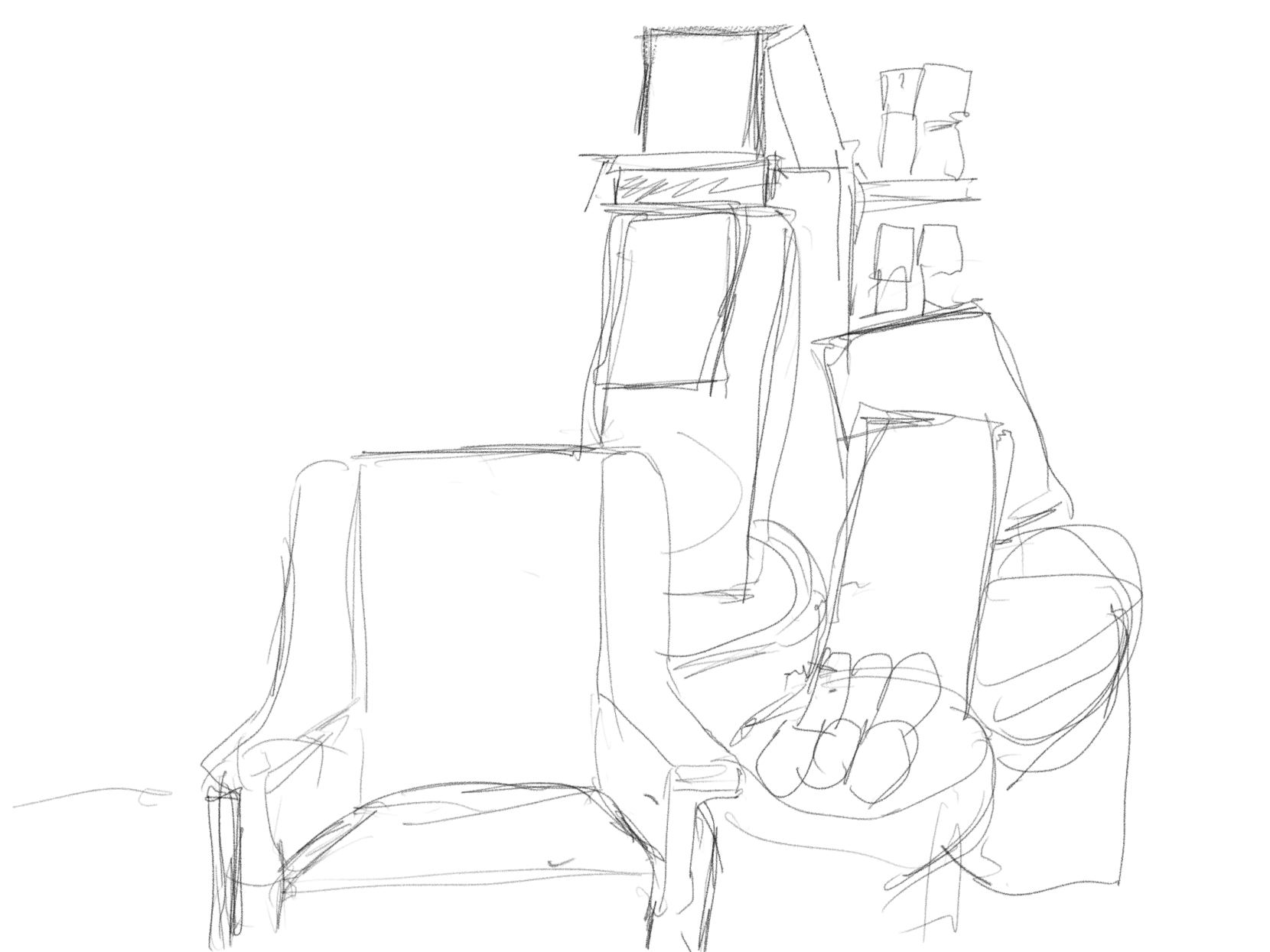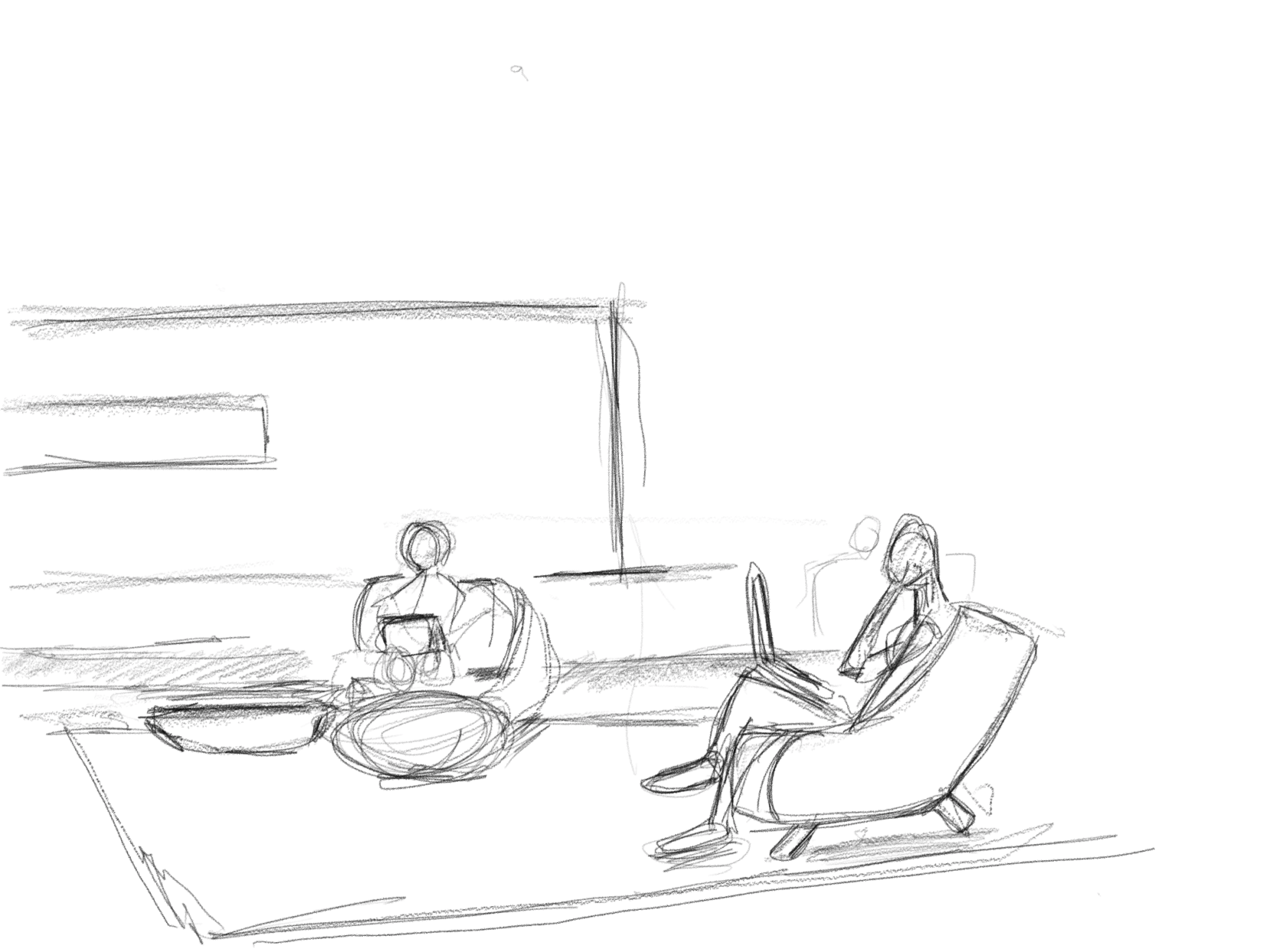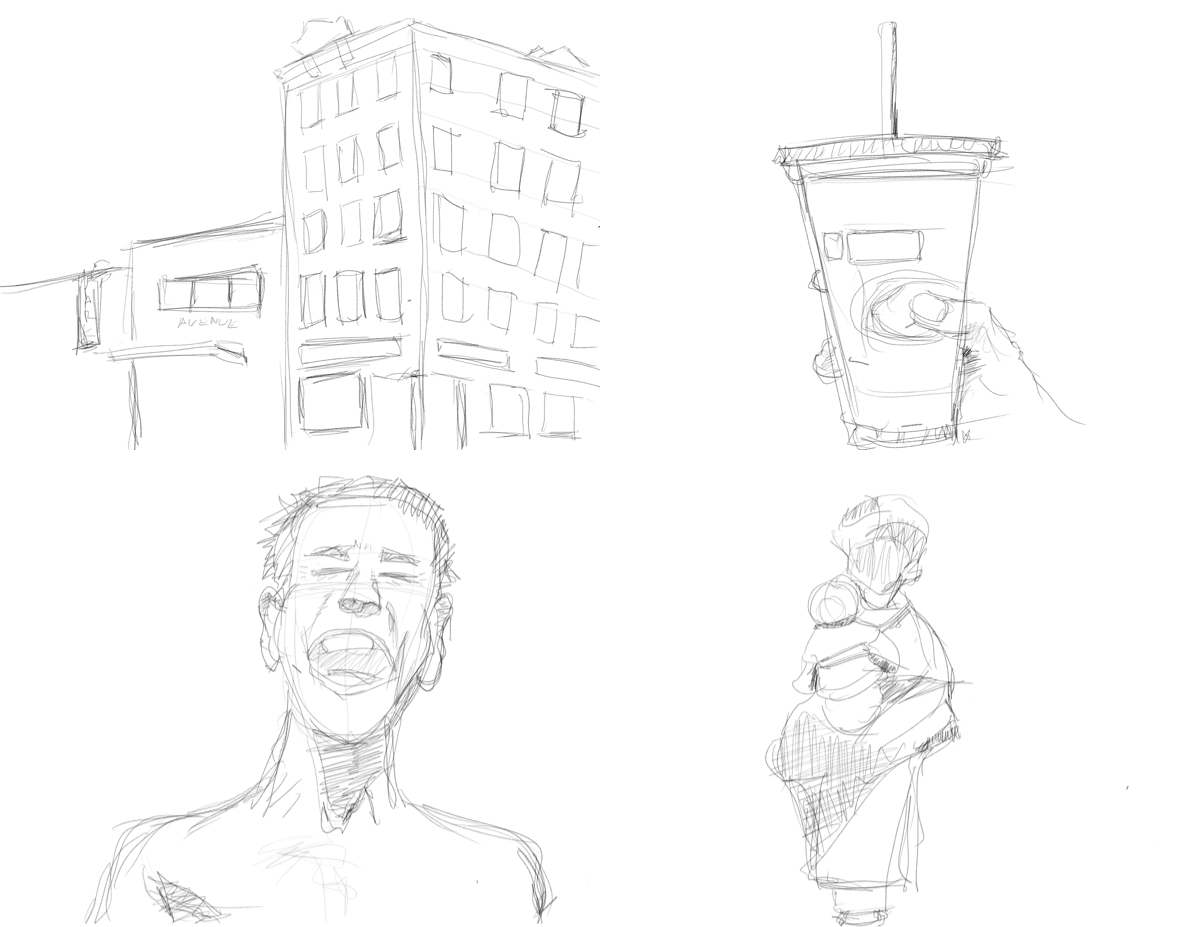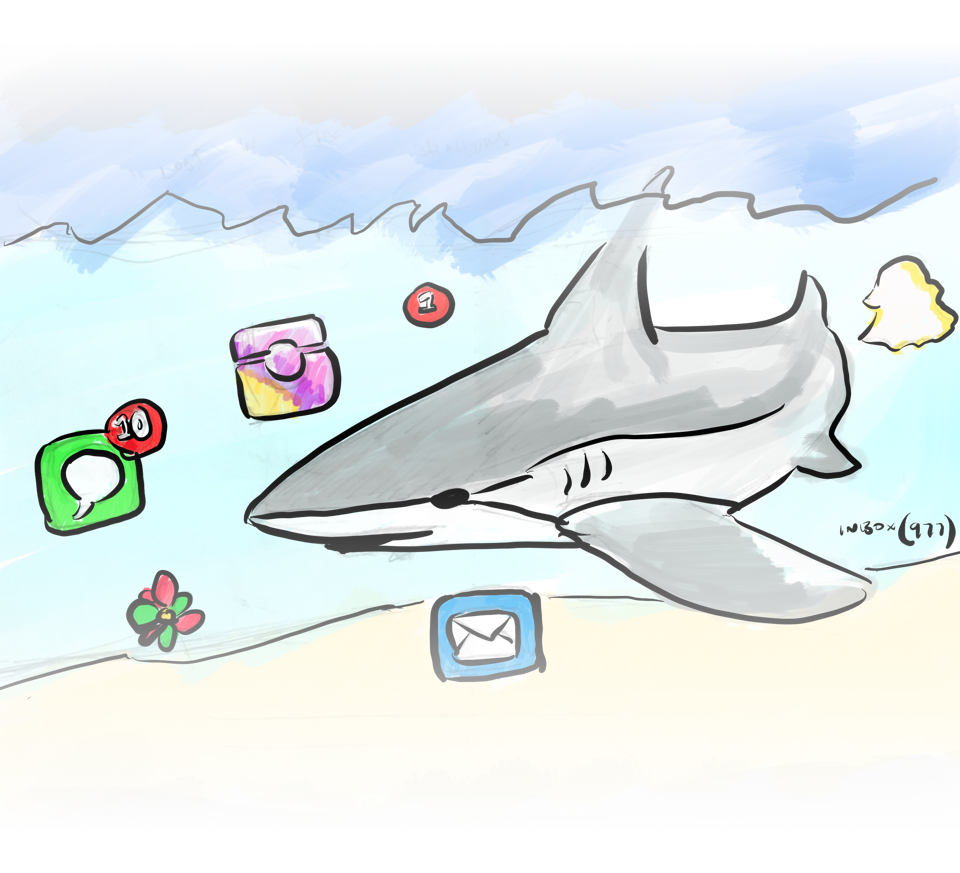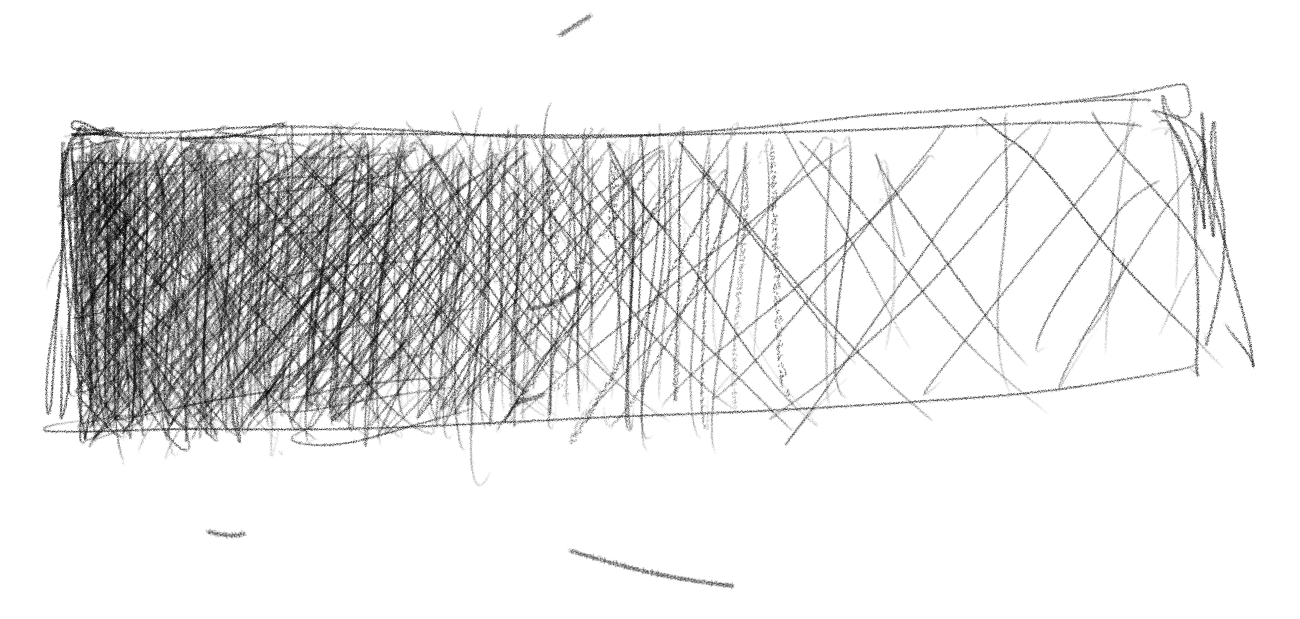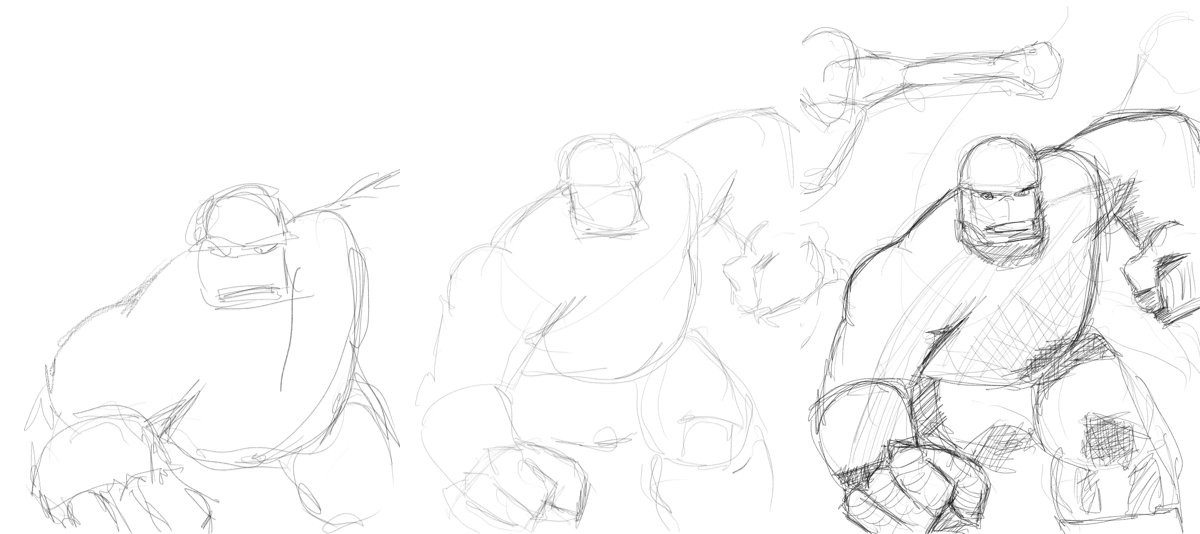This is a running journal of thoughts. Parts of these might serve as drafts of future videos and posts. This week, I did a lot of planning followed by straying from those plans.
Monday —
I followed the plan I laid out for the week. I did some mind mapping and took a longer daily walk (this time on The High Line) to do a longer recording. The post will be about your body and mind as an API. Tomorrow I’ll set up the draft post with section titles. Then I’ll storyboard the video and record a draft version using the Notability storyboard.
Tuesday —
Today I strayed from the plan. Instead of storyboarding and doing a rough draft take of the video, I recorded a podcast and wrote some show notes. The podcast goes over five things that I’ve been listening to, reading, or watching.
This shows a lack of focus, but I’m pretty happy with how the podcast and show notes turned out.
Wednesday —
I strayed again. Instead of working toward the topic for the week, I recorded a screencast about making marker time-lapse videos. Not ideal.
Oh I did draw this skull and Snapchat recognized it as a face so I could put eyeballs on it.
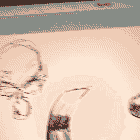
Tomorrow I’ll do a draft run.
Thursday —
I strayed again. This time I re-drew an animation out of The Animator’s Survival Kit by Richard Williams. It’s a great book.
It made me think about if I’m practicing the right things with drawing. There’s something to the idea of getting good at painting regular clocks before painting melted clocks.
But for the most part, I want to draw good stick figures. I want to learn to tell a good story over many frames instead of going deep on one frame. Drawing simpler things could be good since I want to make a bunch of simple images as part of a video.
Back to The Animator’s Survival Kit. Williams explains different animation concepts and goes over an example frame by frame. I was one small step removed from just tracing the frames out of the book. I put each on a separate layer and recorded as I toggled layers on and off.

Friday: figuring out a focusing question —
As far as straying goes, I read a Blinkist summary for Will It Make the Boat Go Faster? and liked the idea of a focusing question. I’m trying to figure out what mine will be for this blog and other creative proejcts.
Potential focus questions I came up with:
- Does it go toward the weekly post?
- Am I having fun doing this?
- Does it help me get more subscribers?
- Does this make my friends laugh? (Tucker Max asked himself this when writing.)
I’m listening to Designing Your Life and a major concept in the book is The Good Time Journal. First you track your activities then you figure out which ones you enjoy doing based on how engaged you are during it and how energized you feel. Which makes me think of this question:
- Are you having a good time doing this?
When I ask myself that, I get a good amount of clarity. I know it means the combination of engagement and energy.
This reminds me of some recent discussion of star ratings vs thumbs (I enjoyed Jason Snell’s thoughts on this).
Here’s a look at some of my morning activities and how they rank with this scale:
- Making a podcast: I’m engaged and energized when making these.
- Making a screencast: My highest engagement is recording the final version of a screencast.
- Writing about one topic: This is research and outlining. At its best, it sets up a good opportunity for flow when typing the actual typing words in sequence. At its worst, it’s a draining activity of switching back and forth from writing and looking stuff up.
- Writing without planning: I’m more engaged when I write without planning. I enjoy writing these journals more than writing a long article about one topic. They end up very ramble-y though. (Ahem.)
There’s a difference between enjoying doing something and enjoying having done it. Which seems to align with the enjoyment/toward-your-goals grid I wrote about last week. With “enjoying have done it” replacing “does it go toward your goals”.
I don’t always enjoy working out but I always enjoy having done it. It’s the same thing with photography for me. I enjoy having taken pictures but am not super engaged while doing it.
Even more examples: I enjoy having written and can be pretty engaged while writing. For podcasts, I enjoy having recorded them and am also more engaged while recording.
Highest on having-done-it: I enjoy having made a screencast. This allows me to draw on my iPad a lot. While doing this and drawing slides, I’m also thinking about the topic deeply.
Highest on engagement: I enjoy recording audio. It also serves as a rough pass at outlining ideas. Then I can write notes and add links to it.
Which leads to another idea I’m calling 3-2-1. Or 1-2-3.
- 1 podcast: talking about things I learned from books, podcasts, or videos
- 2 screencasts: one is for a single topic, the second is some making-of journal type iPad tutorial
- 3 posts: the podcast and topic screencast get show notes posts. Then the third post is the journal that doubles as a newsletter. (Which you’re reading right now.)
I’ll try aiming to do this through June and re-evaluate from there.
Sunday —
I’ve been watching a lot of AsapSCIENCE videos. Most of them are 2 to 7 minute time-lapsed whiteboard drawings explaining science. The visuals are interesting with some fun stop-motion animation techniques.
I want to make something like that for topics that I cover on my blog. These would be things I’m learning from things I’m reading, listening to, or watching.
It’s still in line with what I described with the 3-2-1 idea. I’ll try this out next week.



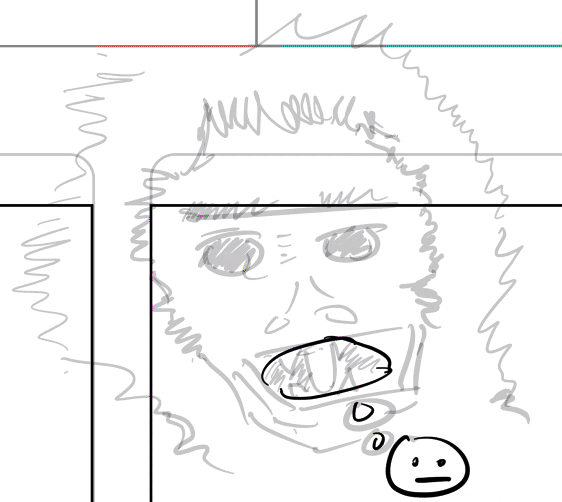


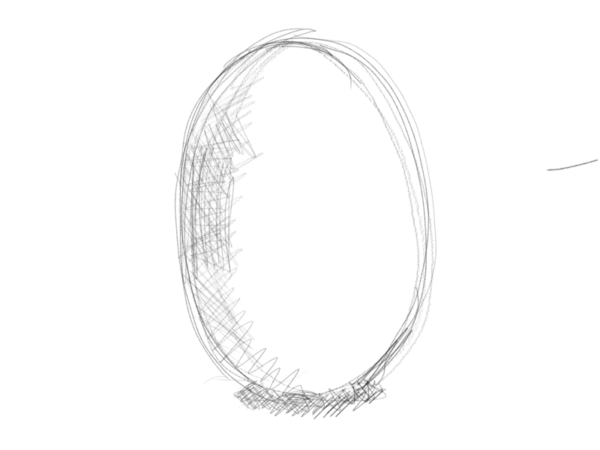

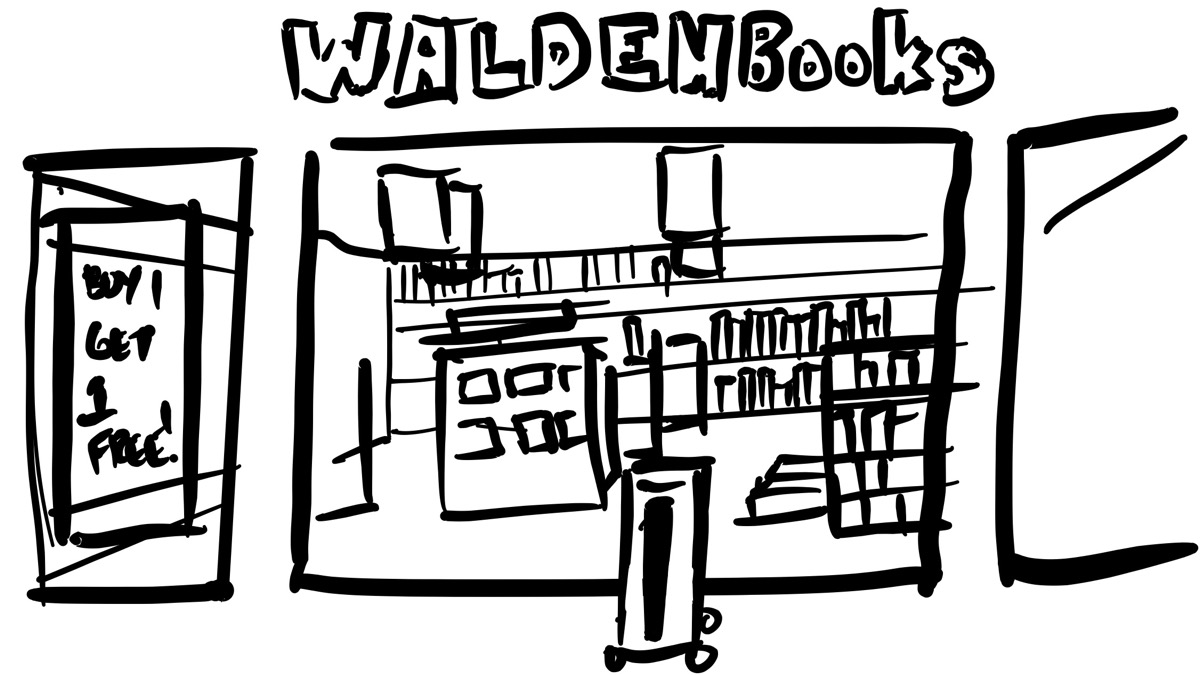


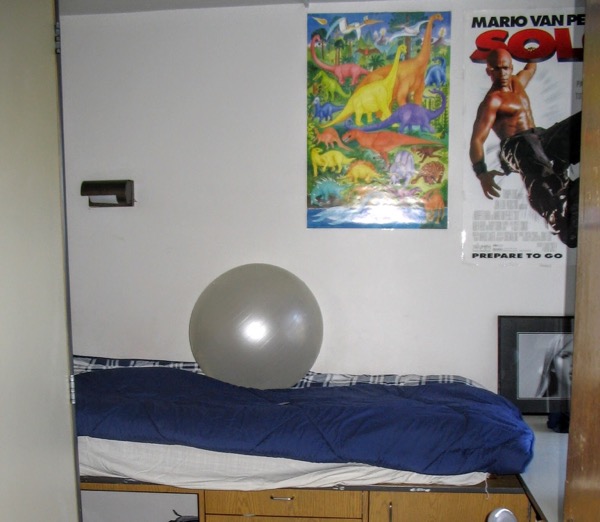

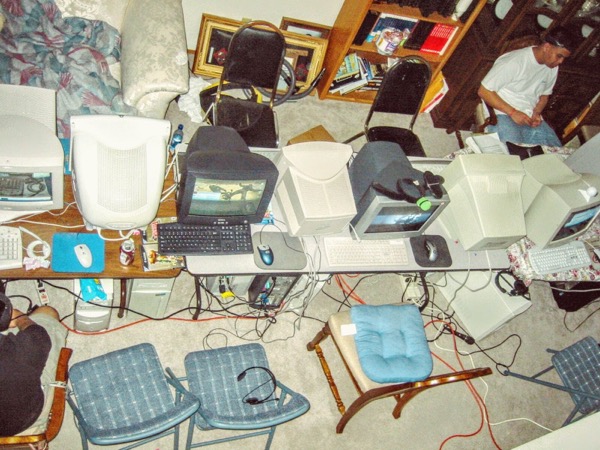
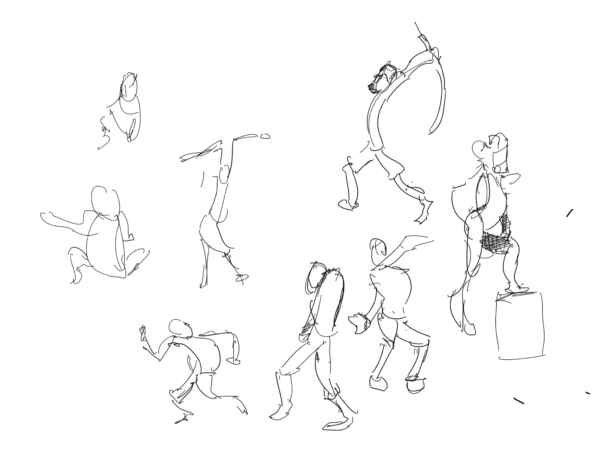
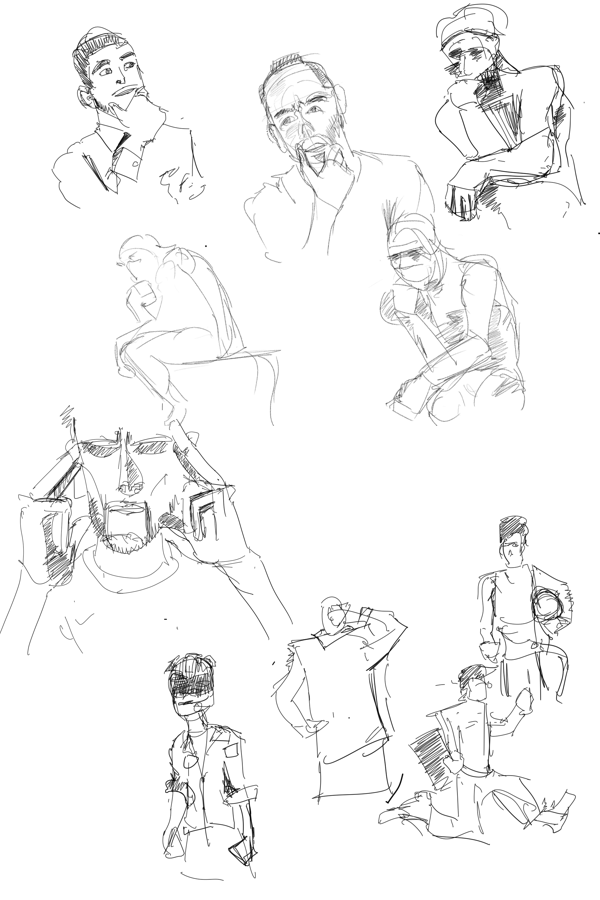
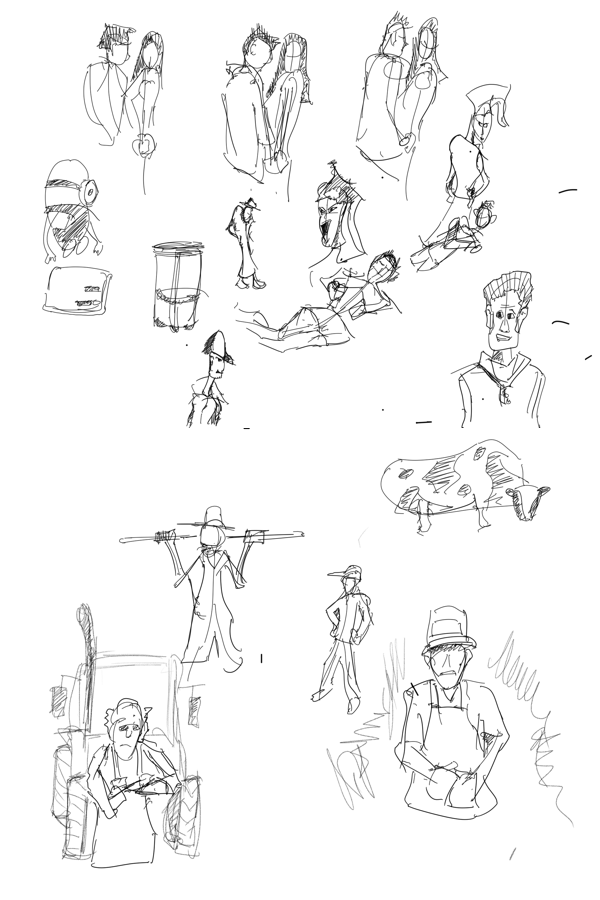

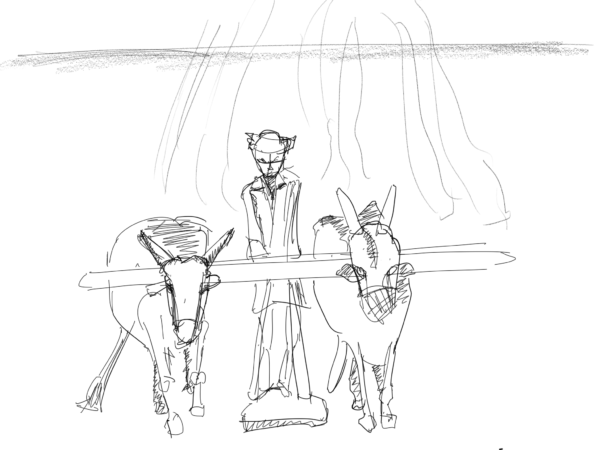

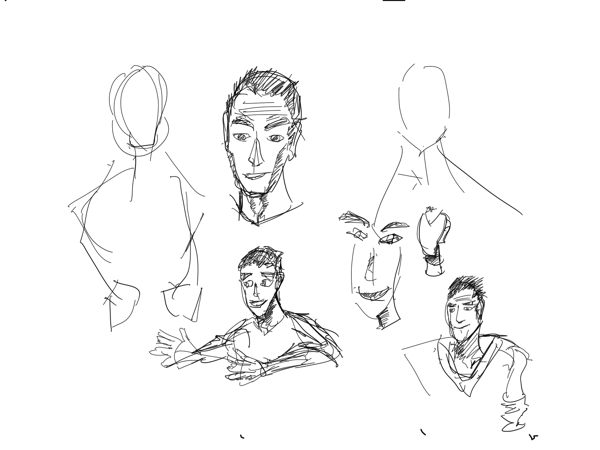

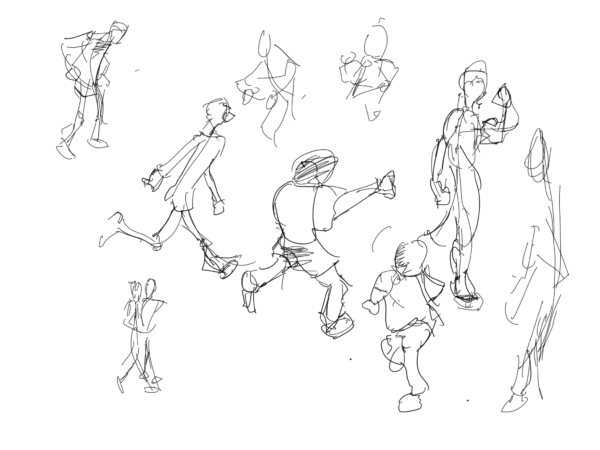

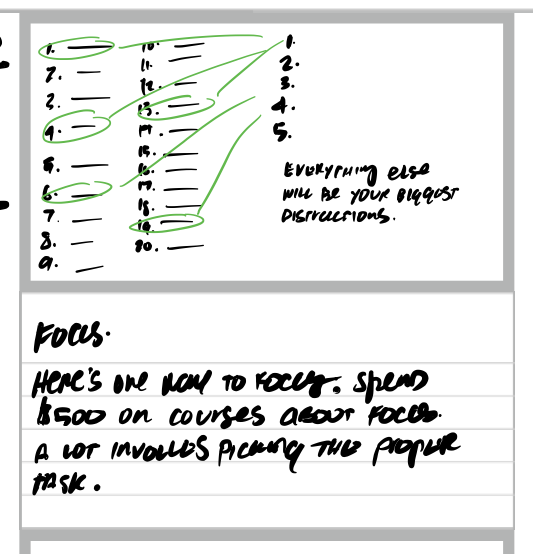











 I also need to figure out what I’ll write to go along with pictures. This bagel is from Tompkins Square Bagels. They’ve got a new location that’s slowly becoming just as busy as the original.
I also need to figure out what I’ll write to go along with pictures. This bagel is from Tompkins Square Bagels. They’ve got a new location that’s slowly becoming just as busy as the original. Katz’s is less than a ten minute walk away. I’ll just have to pick out some default places to walk to and try my best there. I can rely on Katz’s for a couple more weeks then I’m moving up a couple dozen streets.
Katz’s is less than a ten minute walk away. I’ll just have to pick out some default places to walk to and try my best there. I can rely on Katz’s for a couple more weeks then I’m moving up a couple dozen streets. I’m guessing I thought the delivery guys getting ready was interesting. Down the road, this might be the kind of picture I’ll simply leave out.
I’m guessing I thought the delivery guys getting ready was interesting. Down the road, this might be the kind of picture I’ll simply leave out. I was considering using this for the main image at the top of the post. I shot it looking up at The New School.
I was considering using this for the main image at the top of the post. I shot it looking up at The New School. As mentioned, I’ll be moving out of East Village soon. Meaning I’m trying to hit some of my favorite spots in the next couple weeks. Today we went to Minca for some ramen.
As mentioned, I’ll be moving out of East Village soon. Meaning I’m trying to hit some of my favorite spots in the next couple weeks. Today we went to Minca for some ramen.












